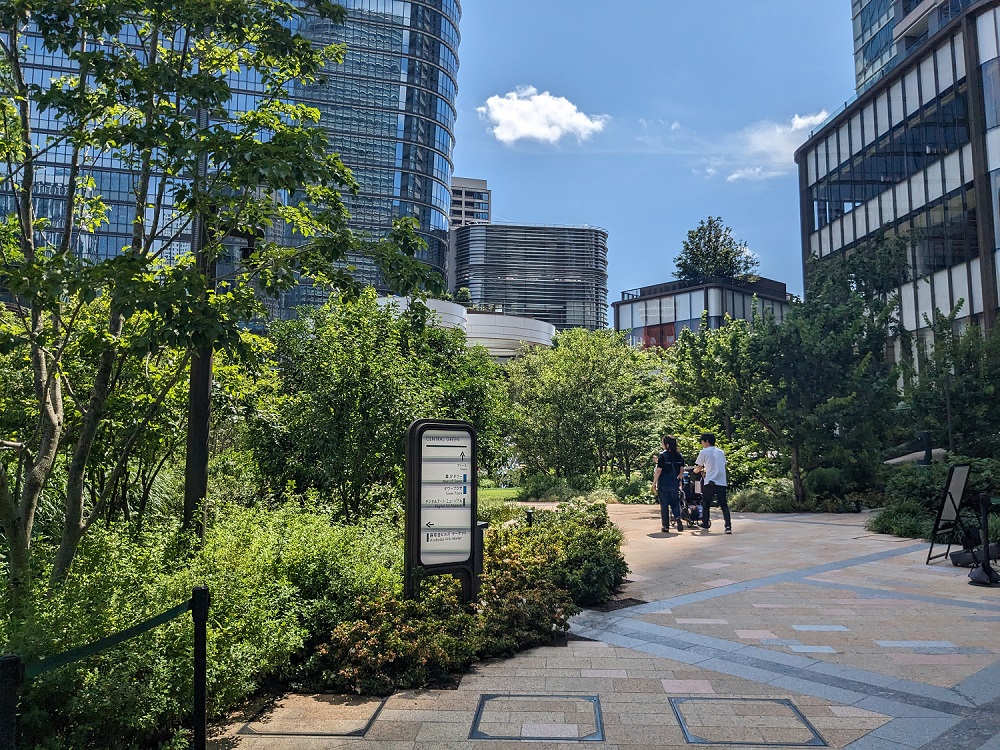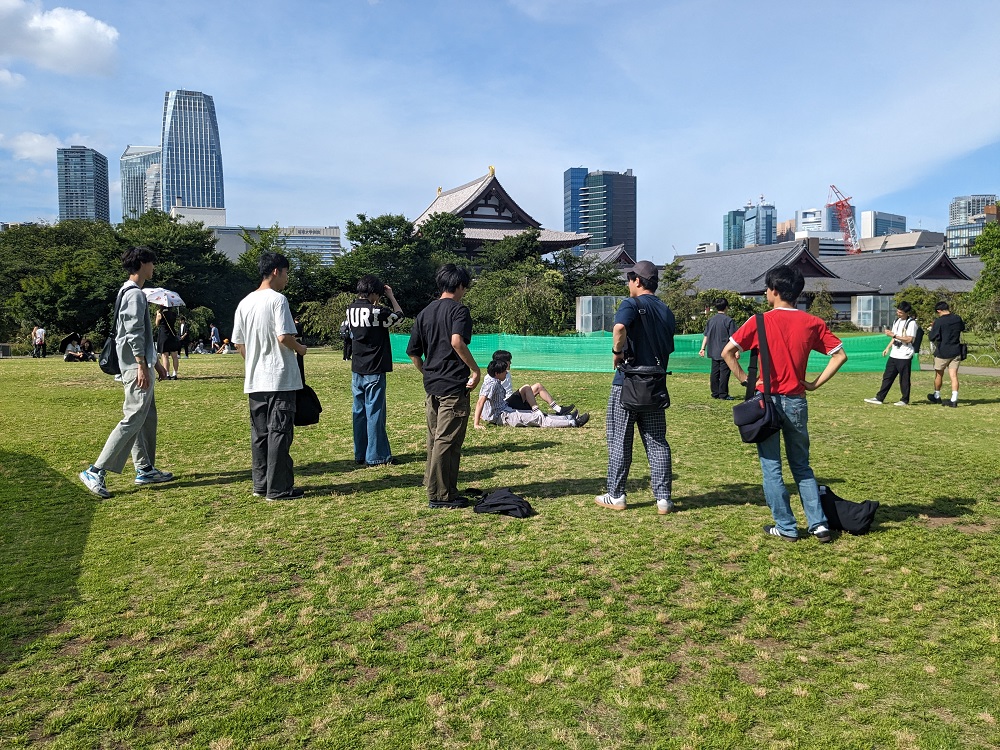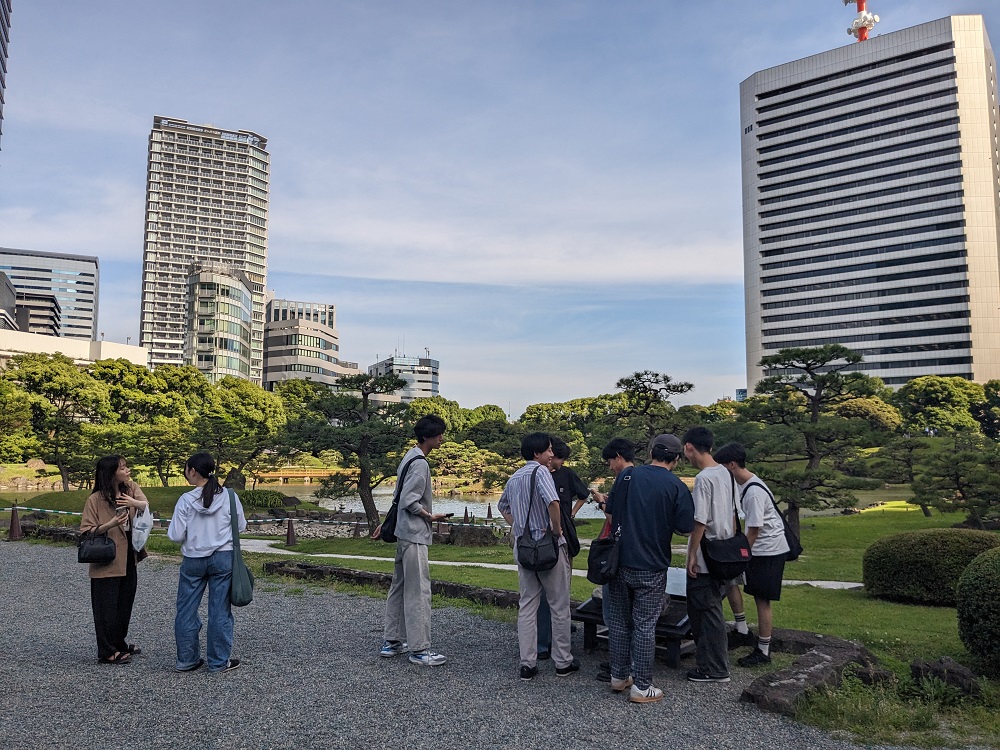Details of the Initiative
Why are urban renewal projects and commercial facilities increasingly demanding “green?” This is one of the questions my recent study aims to answer. Azabudai Hills (opened in 2023) and GRAND GREEN OSAKA (opened in 2024) are notable examples, offering spacious green areas like lawn squares that invite visitors to spend time comfortably.
However, greenery has traditionally not generated direct profit and instead entails significant maintenance costs. So, why are so many redevelopment projects now choosing to incorporate it?
Notably, these green spaces are often associated with ideas such as “well-being” and “innovation.” In this sense, “green” is produced by the city as a medium for expressing these values. Viewed this way, the urban green environment becomes a profoundly social construct.
Cross-sectoral knowledge is essential for creating sustainable communities. Building on existing research, I aim to examine the potential and challenges surrounding “green” in urban settings, from a sociological perspective, together with my students.



